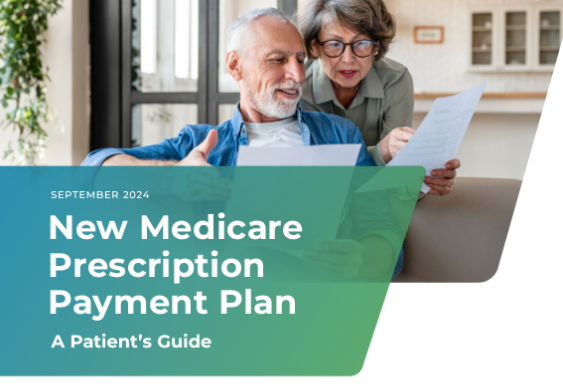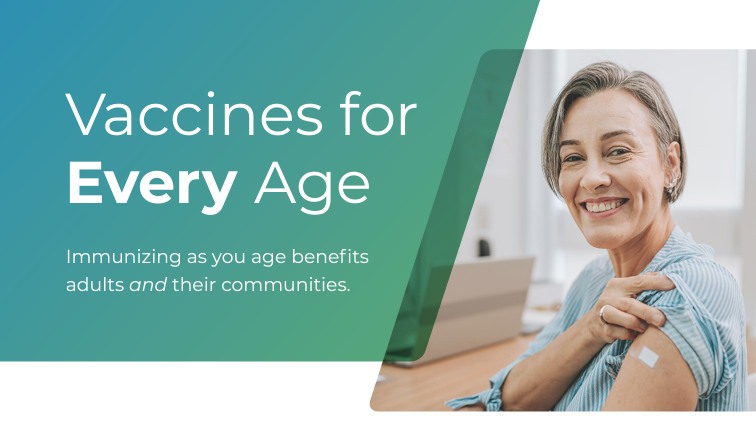Vaccines are broadly considered the greatest public health achievement. They have been instrumental in eradicating some diseases and limiting the severity of others, both factors contributing to increased life span.
Now, with more older adults than ever before, vaccines are in the spotlight again. This time, as a vital tool of healthy aging.
Pneumococcal Disease: A Preventable Threat
Take pneumococcal disease, for example. More than 150,000 adults are hospitalized annually as the result of this bacterial infection – leading to death in about one in 20 of those affected. Despite this serious risk, more than one-third of older adults have never received a pneumococcal vaccine. It’s been available for more than 40 years.
Even among younger adults with chronic health conditions like heart disease and reduced lung capacity that would make contracting pneumococcal disease especially risky, less than one-in-four are vaccinated.
Beyond individual health and longevity, vaccines also contribute to herd immunity, protecting communities by reducing the spread of infection.
Disparities in Vaccine Access
While nearly all patients would benefit from the protection vaccines provide, disparities persist in who gets them.
Black, Hispanic and Asian adults have lower vaccination rates than whites for all
recommended adult vaccines, according to the National Vaccine Advisory Committee. The organization reports that marginalized and disadvantaged adults, as well as indigenous, institutionalized, homeless and incarcerated people are also less likely to have access to vaccines. This is particularly concerning since pneumococcal disease is disproportionately higher in Black adults as compared to non-Black adults. Barries of note include cost, environmental factors and insurance coverage.
Good Policy Cuts Down Barriers
But good policies can help to overcome these obstacles and address gaps in access.
Just as the Vaccines for Children program changed the landscape of childhood vaccines, the Affordable Care Act expanded access by removing cost barriers for many vaccines. And some manufacturers offer programs to distribute select vaccines at low or no cost. Even still, much work remains to overcome knowledge gaps and improve equitable access to vaccinations for everyone. Bringing vaccines’ life-saving benefits back to the forefront of everyday conversation is one way to address questions, ease concerns and encourage the use of vaccines among adults.
There’s no better time than now to lean into vaccines as a tool to help people live not just longer lives, but also healthier ones.




